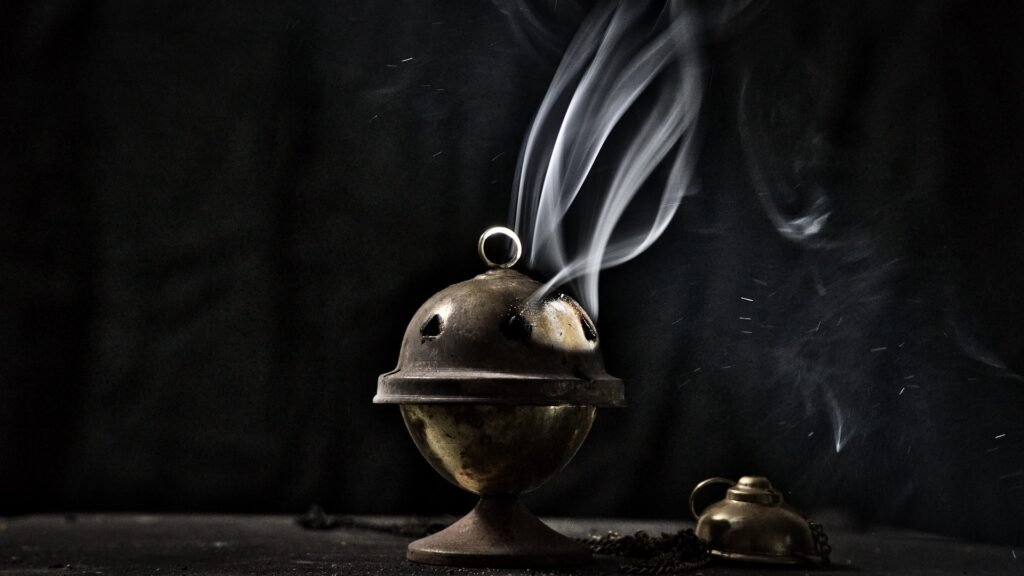Introduction
Dive into the aromatic and fascinating world of censers with us! You might ask, “What is a censer?” Simply put, a censer is a specialized container for burning incense. But it’s more than a container. This simple tool acts as a bridge between the physical and spiritual worlds, finding a place in various religious and cultural ceremonies across the globe.
Our blog has a clear yet expansive goal. We strive to demystify the censer in every aspect: its identity, historical background, different types, and multiple uses. If you’re curious about the religious symbolism of censers, want to incorporate one into your meditation routine, or just find their design captivating, this blog post is for you.
Disclaimer:
We earn a commission at no extra cost to you if you click a link and make a purchase
Table of Contents
What Is a Censer?
Before diving into the elaborate history or myriad uses of censers, let’s first pin down what a censer actually is. On the surface, you might see it as a mere container. Look closer. A censer serves as a complex blend of art, function, and deeper meaning. Now, let’s dissect these various components.
Basic Definition
A censer is a specialized vessel that you use to burn incense. It seems simple at first glance. But delve into its origins, and you discover a tapestry rich with cultural and historical significance. Take the word “censer,” for instance. It traces back to the Old French word “censier,” which itself comes from the Latin verb “incendere,” meaning “to burn.” This etymological journey doesn’t just map out the word’s history; it gives the censer a place of importance in rituals involving fire and smoke through the ages. You’re not merely looking at a container for burning incense; you’re seeing an artifact-rich in both spiritual and historical layers.
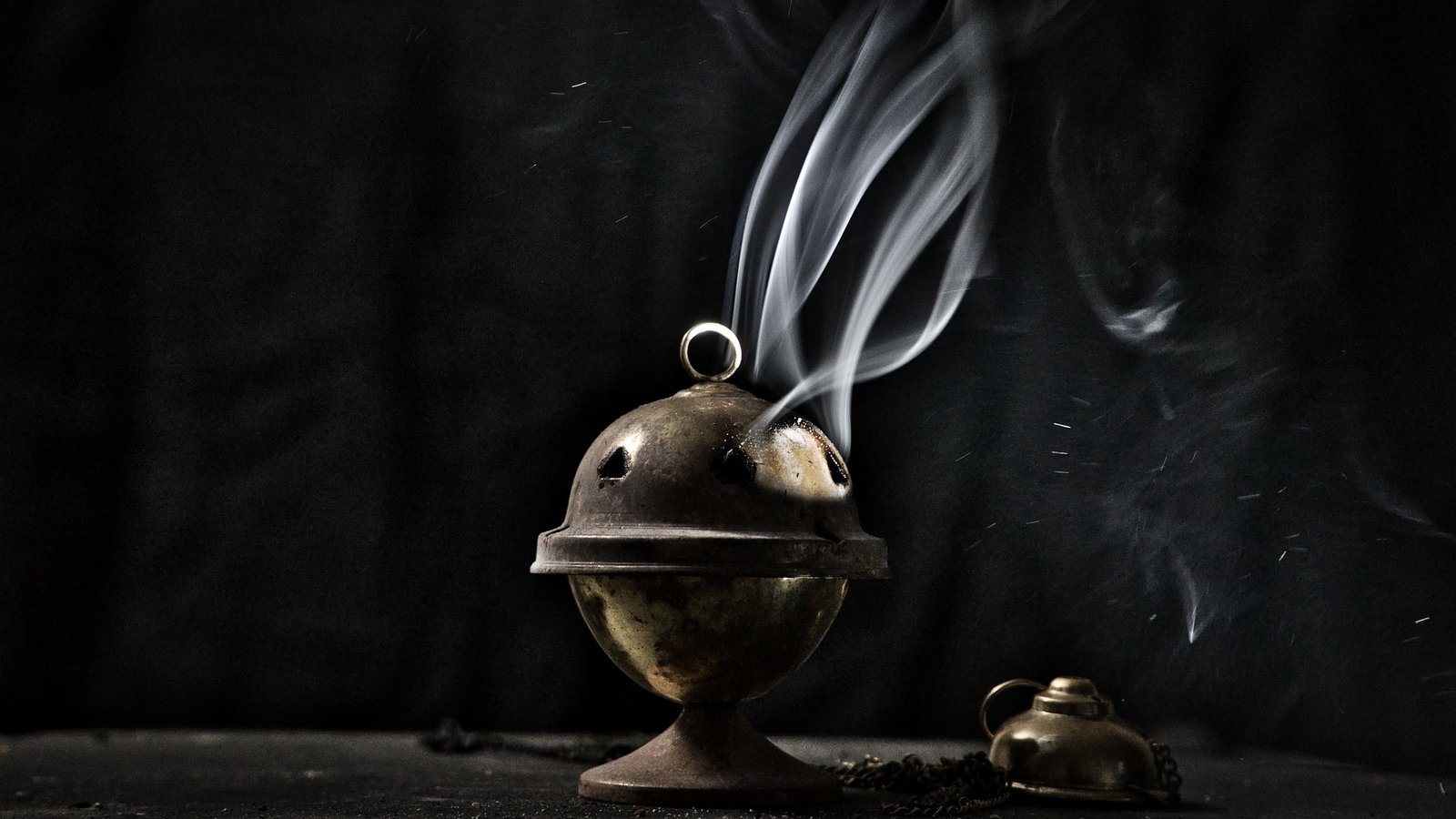
Physical Components
When you examine a traditional censer, you’ll find it’s usually made up of a bowl and a lid, often enhanced with chains. What are these made from? Typically, materials that can withstand extreme heat, like brass, bronze, or even earthen substances like clay or ceramic. But these bowls serve more than a functional purpose. Their artistic detailing can range from etchings and engravings to ornate gemstone inlays, sometimes signifying religious or cultural affiliations.
Let’s not forget the lid. It’s not just a cover. It acts as an essential airflow regulator for the burning incense inside. Those carefully designed perforations in the lid? They’re there for a reason. They control the quality and quantity of the smoke that gets produced. And the chains aren’t mere accessories. You use them to swing the censer, dispersing aromatic smoke and often also imbuing the space with symbolic blessings or purifications.
How Does a Censer Work?
Understanding a censer’s operation is like unlocking a complex puzzle, one piece at a time. First, ignite a coal piece. Place it in the censer’s bowl. Now layer the incense granules atop the glowing coal. Close the lid. This creates a controlled atmosphere where the incense can smolder without flaring up, thanks to limited oxygen. What emerges is aromatic smoke, an ethereal mist steeped in centuries of human spirituality and culture. This explanation describes what’s known as an “active censer,” which uses coal as an accelerant. But some censers, termed “passive,” take a different route. They forgo coal and depend on ambient heat to gently warm the incense. The result? A subtler aroma that’s well-suited for smaller spaces or specialized aromatic profi
Historical Roots of Censers
Navigating the labyrinthine history of censers isn’t simply an academic exercise—it’s akin to an archaeological dig into the soul of human civilization. These vessels, humble as they might initially seem, act as conduits through which humanity has tried to reach the divine, connect with ancestral spirits, and seek metaphysical wisdom. Each period in history and every culture has tailored the censer to suit its unique ethos, making it a compelling lens to study the interconnected tapestry of religion, art, and ritual.
Ancient Civilizations
Egyptian Censers
When you roll back the curtains of time and step into the enigmatic world of ancient Egypt, the censer you encounter is a sacred entity. The priests and practitioners of this age often used intricately designed censers made from materials like bronze or ceramic clay. These censers were no simple bowls; they were ornate and often shaped to represent gods, sacred animals, or mystical symbols. Each swirl of fragrant smoke that arose from them was an offering to the divine, a plea for protection, and a gateway to a spiritual dimension.
Greek and Roman Censers
Move forward to the times of ancient Greece and Rome, and you’ll find the censer taking on an even broader role. In these lands, filled with gods for every imaginable occasion, people commonly used censers, often called ‘thuribles’ or ‘incense burners,’ as key instruments in rituals. They burned specific types of incense to honor individual deities, choosing each for its unique scent and symbolic meaning. These censers weren’t just functional; they were works of art. Craftsmen often made them from luxurious materials like gold or silver and intricately designed them to showcase scenes from mythology. This craftsmanship not only displayed artistic skill but also reflected the wealth of these ancient civilizations.

Abrahamic Religions
Judaism
In the sacred traditions of Judaism, the censer stands as an indomitable symbol of devotion and spiritual ascendancy. Levitical priests, trained in religious law and ritual, would use censers made of specific alloys, as outlined in their sacred texts. During Yom Kippur, the Day of Atonement, the High Priest entered the Holy of Holies, the most sacred part of the Temple. Carrying a golden censer, he would fill the chamber with clouds of incense. The swirling smoke symbolized the prayers of the Israelite community, collectively rising to seek the favor of Jehovah.
Christianity
Within the sanctified walls of Christian churches, particularly in the Orthodox and Catholic traditions, censers become an eloquent expression of liturgical theology. During mass or specific moments in the liturgical calendar, the priest swings the censer, its chain clinking and its bowl emanating tendrils of fragrant smoke. This isn’t merely an aesthetic act; it’s a corporeal prayer. The rising smoke purifies the congregation, sanctifies the worship space, and symbolizes humanity’s constant reach towards the divine.
Islam
In Islamic traditions, the censer, known as ‘Mabkhara,’ weaves a tapestry that’s both spiritual and cultural. While daily Salah (prayers) do not require the use of censers, special occasions like Eid or Friday prayers often feature them. A variety of aromatic substances, such as oud and frankincense, smolder in these beautifully crafted vessels. As the smoke rises, it transforms the ambiance, enveloping the faithful in a shroud of spiritual reflection and divine closeness.
Eastern Traditions
Buddhism
If you ever traverse the incense-filled air of a Buddhist temple, the ubiquity of censers will strike you. Varied in form but uniform in purpose, these censers serve to purify the mind, offer homage to the Buddha, and provide a sensory focal point for meditation. In some sects, the design of the censer also embodies philosophical doctrines, making it an object of contemplation as well as utility.
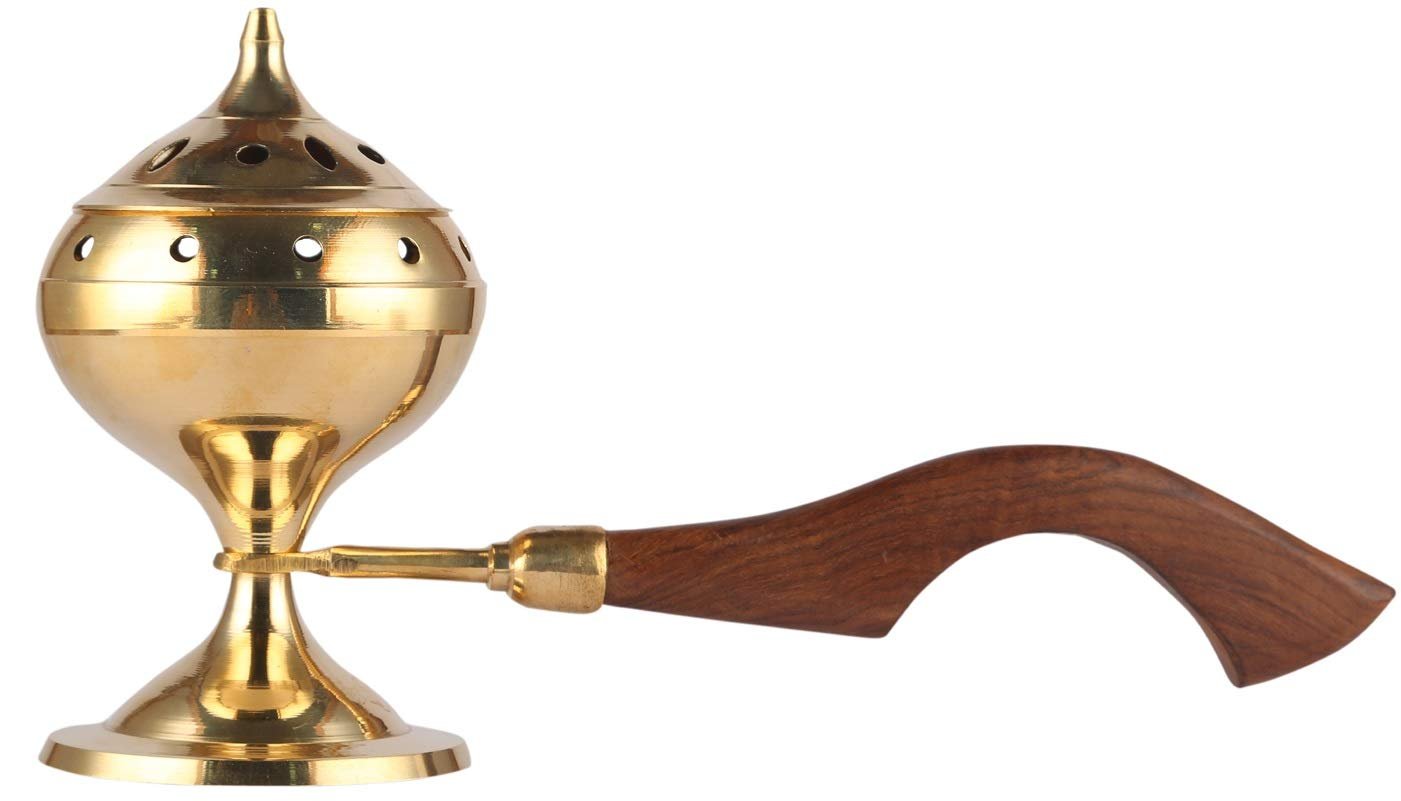
Hinduism
In the kaleidoscopic world of Hindu worship, censers play an integral role. Known as ‘dhup daan,’ these vessels can range from simple clay pots to intricate brass creations festooned with religious motifs. During ceremonies, the smoke from the censer envelops idols and devotees alike, believed to purify the aura and attract divine blessings.
Indigenous Practices
Native American Ceremonies
Venture into the heart of Native American spiritual practices, and you’ll encounter a unique form of censing through the ritual of smudging. While not a censer in the traditional sense, the abalone shell or clay bowl serves a similar purpose. Filled with sacred herbs like sage or sweetgrass, its smoke cleanses both the tangible and intangible, expelling negative energies and inviting positive spirits.
African Tribal Ceremonies
On the African continent, censers take forms as diverse as the cultures they come from. You could encounter the Maasai’s wooden carvings or the communal earthenware bowls of the Zulu. Each censer bears the aesthetic and spiritual imprint of its people. Beyond mere ritual, these censers often serve as communal bonds, their fragrant smoke curling into the shared stories and collective memory of a community.
Types of Censers
When it comes to understanding the nuances of censers, the devil is truly in the details. From the type of material used to the purpose it serves and even the design elements, censers are as varied as the cultures and traditions they spring from. This diversity isn’t merely cosmetic or functional; it’s emblematic of the deeply rooted philosophies and practices that give each type of censer its unique essence. Let’s dig into these categories, shall we?
By Material
Metal Censers
Walk into any Roman Catholic or Eastern Orthodox church, and the odds are high that you’ll find a metal censer suspended from ornate chains. Metal, often gold or silver, is the material of choice in these traditions, valued both for its durability and its symbolic richness. Metals like bronze or brass are common in Jewish ceremonies as well. The resilience of metal allows these censers to withstand the constant heat from burning coal and incense, making them a long-lasting staple in ritualistic practices.
Clay or Ceramic Censers
If you happen to attend an indigenous ceremony or simply want to use a censer in your home, you’re more likely to encounter one made of clay or ceramic. These materials offer an earthy touch, adding an organic, tactile experience to the act of burning incense. Their affordability and ease of production also make clay and ceramic censers highly accessible, especially for those who wish to integrate incense into their daily lives without a significant investment.
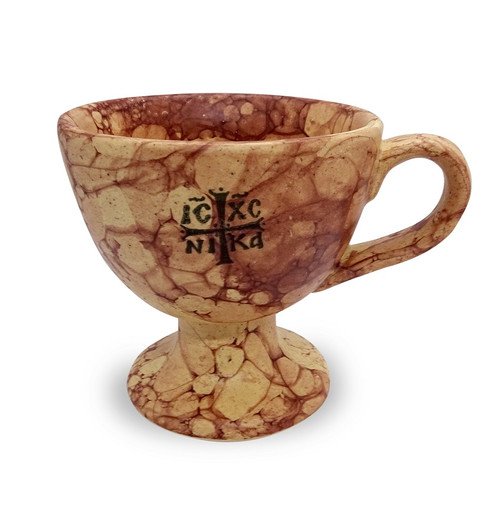
By Usage
Handheld vs Stationary
The way a censer is used can say a lot about its role in a given culture or spiritual practice. Handheld censers, often equipped with chains or handles, are designed for mobility. They’re most commonly seen in liturgical settings where the censer is swung to distribute incense smoke throughout the space. Stationary censers, on the other hand, often reside on altars or designated stands. They serve as static focal points for meditation, prayer, or offerings, and you’ll often find them in Buddhist temples or Hindu households.
Active vs Passive
The type of censer also changes depending on whether it is an active or passive participant in the incense-burning process. Active censers use a heat source, typically charcoal, to actively burn the incense, producing a more intense fragrance. These are the censers you’ll encounter in ritualistic and high-intensity environments. Passive censers, by contrast, rely on ambient heat to gently warm the incense, resulting in a subtler aroma. These are well-suited for intimate settings like small rooms or personal altars.
By Design
Traditional Designs
Each spiritual tradition lends its own artistic flair to the censers it employs. For example, Islamic censers often feature intricate Arabesque patterns, while traditional Japanese censers might carry Zen-inspired motifs. Christian thuribles often take on the form of religious icons or feature designs inspired by Biblical themes. These traditional designs do more than just catch the eye; they encode layers of theological, cultural, and historical meaning into each censer.
Modern Designs
As the practice of burning incense escapes the boundaries of religious and cultural ritual to become a lifestyle choice, censer design has followed suit. You’ll find a range of aesthetic styles, from minimalist to eclectic, and materials ranging from stainless steel to 3D-printed plastics. Modern censers are not just functional items but also pieces of art that express individual tastes and lifestyles.
Various Uses of Censers
The utility of a censer extends far beyond its physical form; it acts as a catalyst for various expressions of human experience—whether that’s the sacred quietude of a religious ceremony or the spirited festivities of a cultural event. You can even find censers gently wafting aromatic notes into yoga studios and living rooms. To get the full scope of a censer’s versatility, we need to plunge into the varied contexts where it plays a pivotal role.
Religious Rituals
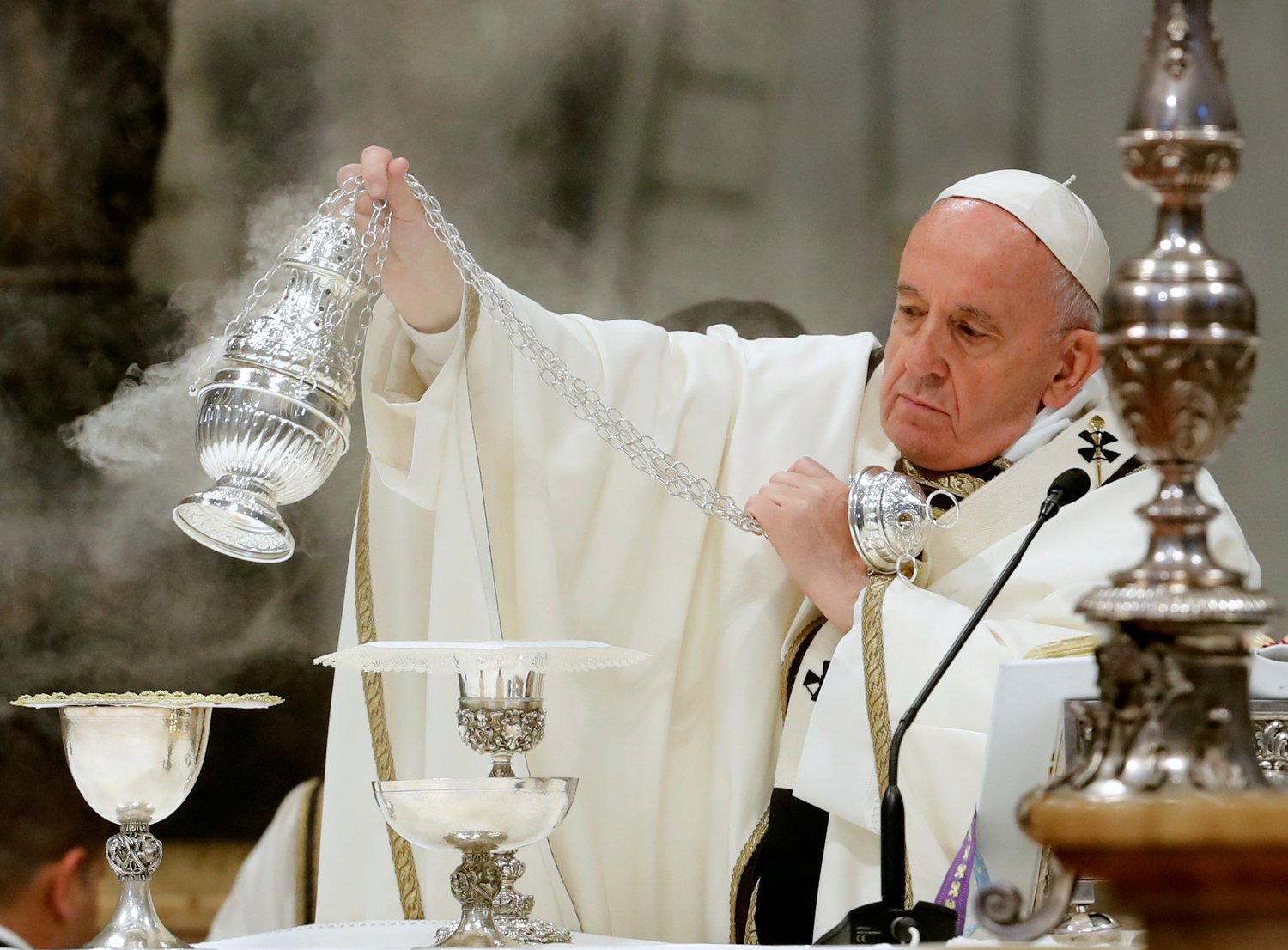
Christian Mass
If you’ve ever attended a Christian mass, particularly in the Roman Catholic, Anglican, or Eastern Orthodox traditions, you’ve likely witnessed the ceremonious use of a censer, also known as a thurible. Typically, the deacon or another church officer swings the thurible, filled with smoldering incense, at specific points during the liturgy. The ritual steps are not arbitrary; each swing corresponds to key moments in the service, such as the reading of the Gospel or the consecration of the Eucharist. The rising smoke is symbolic, often interpreted as prayers ascending to heaven, and adds a tangible mysticism to the mass.
Islamic Dhikr
In Islamic rituals, particularly during the Sufi practice of Dhikr—a devotional act involving the recitation of God’s names—the censer holds a place of prominence. Specific types of incense, like oud or bakhoor, fill the air with a rich aroma, setting the tone for the ensuing spiritual exercise. Each type of incense has its meaning and significance; for example, oud is often associated with invoking a sense of tranquility and closeness to the divine.
Spirituality and Well-Being
Meditation Practices
The increasing popularity of meditation practices has brought censers into secular contexts as well. Here, the slow release of aromatic smoke serves as a focus point, aiding in the concentration essential for meditation. Scents like sandalwood or lavender are particularly favored for their calming properties. The censer, then, becomes a companion in the pursuit of mindfulness, grounding the meditator in the sensory experience of the present moment.
Aromatherapy
Aromatherapy often employs censers as diffusers, releasing the essential oils of various herbs and plants into the environment. In this context, the censer takes on a wellness role, leveraging the therapeutic properties of botanicals to relieve stress, improve mood, or even boost cognition. From a spa setting to the comfort of your living room, the censer doubles as a tool for holistic well-being.
Cultural Events
Festivals
Censers also find their way into cultural festivals around the world, each with unique regional twists. In Japan, for instance, the Kōdō ceremony—an intricate ‘Way of Fragrance’—utilizes a specialized censer to conduct a formalized incense appreciation ritual. Similarly, during the Indian festival of Diwali, censers filled with resins like frankincense or myrrh are used to purify the home and invite prosperity.
Funeral Rites
The role of censers in funeral rites cuts across many cultures and religious practices. In Buddhism, the burning of incense represents the impermanence of life, an apt symbolism during funerals. Among Native American communities, censers carry sage, cedar, or sweetgrass during smudging ceremonies to guide the departed soul. The censer, thus, accompanies us even at the threshold of life and death, serving as a bridge between the earthly and the ethereal.
Conclusion: The Multifaceted Role of Censers
As we wrap up, it’s clear that censers are much more than simple vessels for burning incense. They’re deeply rooted in history, diverse in type, and versatile in use. From their origin in ancient civilizations to their modern-day adaptations, censers have been ever-present in religious rituals, spiritual practices, and even wellness routines. Whether made from metal for liturgical functions or ceramic for home use, their design and material reflect both tradition and innovation.
Across different cultures and religious practices, the censer serves both functional and symbolic needs. It’s equally at home in a Christian mass or a meditation session, in a grand festival or a solemn funeral. So, the next time you see a censer, consider its rich background and diverse applications. It’s a testament to the complex tapestry of human experience and a bridge between the past and the present.
Frequently Asked Questions (FAQ)
What is a censer?
A censer is a vessel specifically designed for burning incense. While it may appear as just a container, it carries intricate layers of significance, function, and even artistry across various cultures and religious practices.
How do censers work?
Censers typically consist of a bowl and a lid, sometimes with chains for holding or swinging. A piece of ignited coal is placed in the bowl, and incense granules are arranged on top. The lid is closed to create a controlled environment, allowing the incense to smolder and release aromatic smoke.
What are the historical roots of censers?
Censers have ancient origins, tracing back to civilizations like ancient Egypt, Greece, and Rome. They have also been significant in Abrahamic religions—Judaism, Christianity, and Islam—as well as Eastern traditions like Buddhism and Hinduism.
What types of censers are there?
Censers can be categorized by material (metal, clay, ceramic), by usage (handheld vs. stationary, active vs. passive), and by design (traditional vs. modern).
Where are censers commonly used today?
Today, censers find usage in religious rituals, spiritual and wellness practices like meditation and aromatherapy, and various cultural events such as festivals and funerals.
How are censers used in spirituality and well-being?
In addition to their use in religious rituals, censers are often employed in meditation practices to enhance focus. They are also used in aromatherapy as scent diffusers.
Can I use a censer at home?
Yes, censers are available in designs and materials suitable for home use. They can add to the ambiance and are often employed in personal meditation spaces or as part of aromatherapy.
Disclaimer:
We earn a commission at no extra cost to you if you click a link and make a purchase


